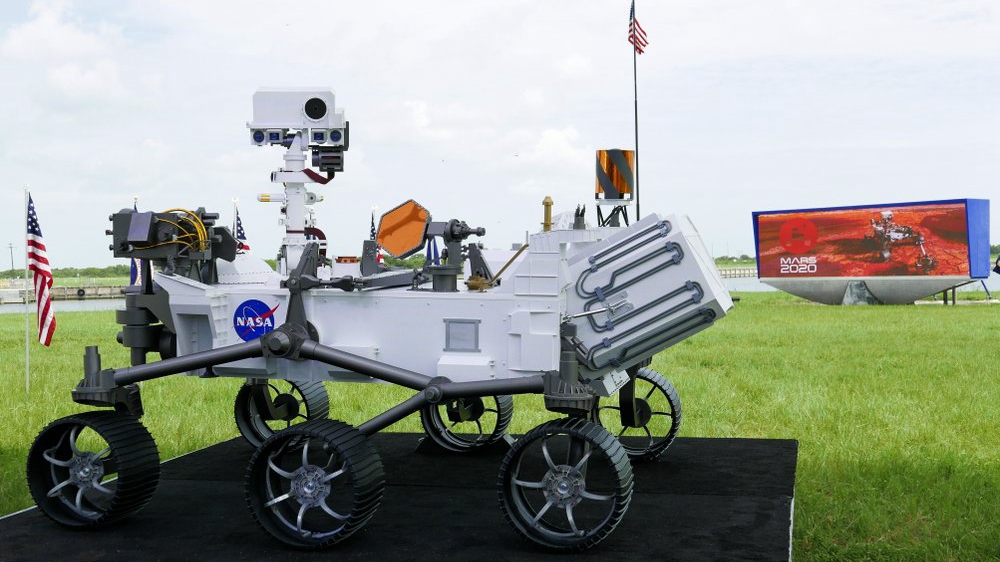
NASA's Mars rover Perseverance blasted off from Florida's Cape Canaveral on Thursday atop an Atlas 5 rocket on a 2.4-billion-U.S.-dollar mission to search for traces of potential past life on Earth's planetary neighbor.
The robotic rover – a car-sized six-wheeled scientific vehicle – is also scheduled to deploy a mini helicopter on Mars and test out equipment for future human missions to the fourth planet from the sun. It is expected to reach Mars next February.
This launch marked NASA's ninth journey to the Martian surface.
Perseverance is due to land at the base of an 820-foot-deep (250 meters) crater called Jezero, a former lake from 3.5 billion years ago that scientists suspect could bear evidence of potential past microbial life on Mars.
Scientists have long debated whether Mars – once a much more hospitable place than it is today – ever harbored life. Water is considered a key ingredient for life and Mars had lots of it on the surface billions of years ago before it became a harsh and desolate outpost.
One of the most complex maneuvers in Perseverance's journey will be what mission engineers call the "seven minutes of terror," when the robot endures extreme heat and speeds during its descent through the Martian atmosphere, deploying a set of supersonic parachutes before igniting mini rocket engines to gently touch down on the planet's surface.
This was scheduled as the third launch from Earth to Mars during a busy month of July, following probes sent by the United Arab Emirates and China. The state from which the rover was launched, Florida, is currently one of the hot spots in the United States for the coronavirus pandemic.
Read more: Three missions to Mars: How are they different?
Aboard Perseverance is a four-pound (1.8 kg) autonomous helicopter named Ingenuity that is due to test powered flight on Mars for the first time.
Since NASA's first Mars rover Sojourner landed in 1997, the agency has sent two others – Spirit and Opportunity – that have explored the geology of expansive Martian plains and detected signs of past water formations, among other discoveries. NASA also has successfully sent three landers – Pathfinder, Phoenix and InSight.
The United States has plans to send astronauts to Mars in the 2030s under a program that envisions using a return to the moon as a testing platform for human missions before making the more ambitious crewed journey to Mars.
Perseverance will conduct an experiment to convert elements of the carbon dioxide-rich Martian atmosphere into propellant for future rockets launching off the planet's surface, or to produce breathable oxygen for future astronauts.
The rover is also intended to help bring Martian rock samples back to Earth, collecting materials in cigar-sized capsules and leaving them in various spots on the surface for retrieval by a future "fetch" rover. That planned rover is expected to launch the samples back into space to link up with other spacecraft for an eventual Earth homecoming around 2031.
(Cover image: A replica of the Mars rover Perseverance displayed outside the press site before a news conference at the Kennedy Space Center, U.S., July 29, 2020. /AP)








 User Center
User Center My Training Class
My Training Class Feedback
Feedback












Comments
Something to say?
Login or Sign up for free